Samurai Armor, Clothing & Accessories
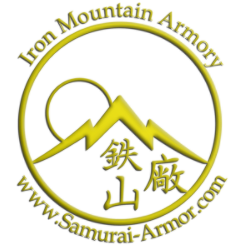
Traditional Armor for the Modern Warrior
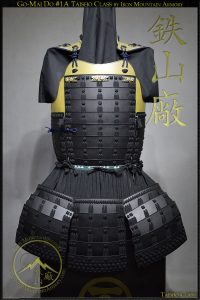
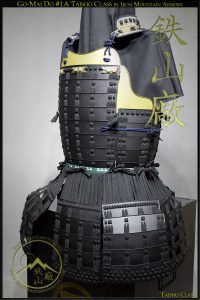
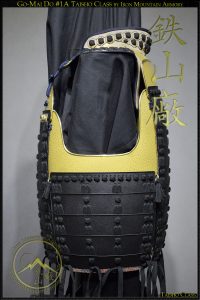
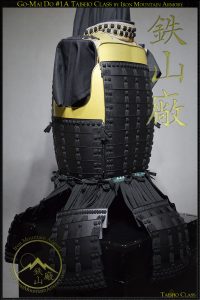
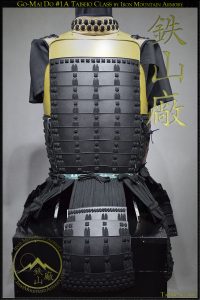
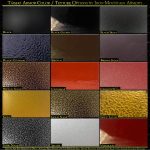
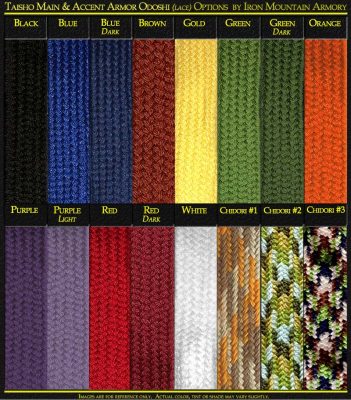
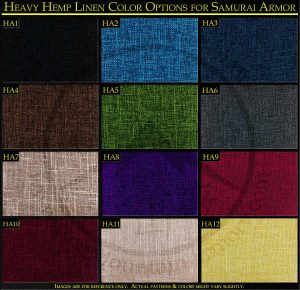
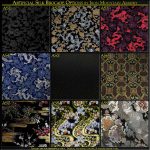
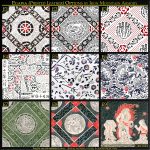
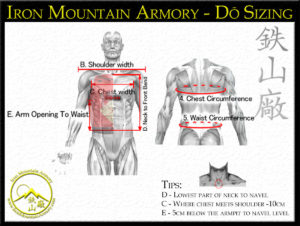

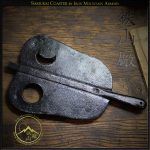
Yokohagi Go-Mai Do – Taisho Class
$1,799.99 Original price was: $1,799.99.$1,619.99Current price is: $1,619.99. $1,749.59
DO6-T1 – Yokohagi Go-Mai Do
The Yokohagi Go-Mai Do is a 5 section cuirass which was used by several samurai clans but made popular by the Date clan. This style of cuirass was favored by samurai because it not only offered many different design change options, but it was very robust, easy to repair and quite comfortable to wear. The “Yokohagi Go-Mai Do” design features 5 sections of ito-mono plating (layers of horizontal plates fastened together). The 5 sections are hinged with 2 swing plates, like a “saloon door”, under the right arm to wrap the armor around the warriors torso. This evolved form of samurai armor ensured that the armor maintained its shape, look and protection, regardless of the samurai’s body size or shape. If a section of armor was damaged, the hinges could be removed and swapped for a new section.
This Yokohagi Go-Mai Do is a Gendai (modern) Taisho class reproduction of an exact model from the Sengoku Era (Waring State Period) and hand crafted by the most experienced crafters of the Iron Mountain Armory. From the production images, the Go-Mai Do #1A shows the Main Armor Color option of “Black Suna” and “Gold Nami” as the Second Armor Color. The main lace color is Black. Optional Fukurin (brass trim) and “Detachable Kusazuri” (hanging armored skirt). Detachable kusazuri makes it easy to replace your kusazuri or remove while your marching / sneaking to reduce noise.
Features: Taisho Class
- Traditional Sengoku Era design
- Full sized and fully functional.
- Various paint, cotton odoshi, accessory, customization and sizing options available.
| Our skilled katchû-shi (armorers) at the Iron Mountain Armory will need at least 2 to 4 weeks, depending on options selected, and other scheduled orders, for the custom handcrafting of your samurai armor set. |
|---|
Ordering Tips: Iron Mountain Armory recommends that you order one size larger AND one size shorter than the size required, as the armor is close fitting. The armor can close into itself if too big, but will be a little uncomfortable if fitted too tall. If you’re planning on wearing a yoroi hitatar or a kikko gane do under your armor, we suggest adding 5 cm to your chest size when ordering.
To see the class differences, please view Kachi Vs. Gashira.
| For more information, please review our Order Options Explained, Glossary Terms or FAQ Pages. You can also Contact Us directly. We are always happy to be of service. |
References: “Samurai Armour: Volume I: The Japanese Cuirass” by Trevor Absolon / “Art of the Samurai: Japanese Arms and Armor, 1156-1868″ by Kazutoshi Harada, Metropolitan Museum of Art
| Weight | 6.8 kg |
|---|---|
| Dimensions | 41 × 41 × 51 cm |
 SHIPPING & DELIVERY
SHIPPING & DELIVERY
Unless otherwise noted in the product description, LSE contracts Iron Mountain Armory China to hand make and ship all products. Iron Mountain Armory will drop ship directly to recipient worldwide. Shipping rates and times depend on selected courier / service, individual products, weight / size of item(s) and other details. Delivery times are not guaranteed. Orders are packed and shipped with care. Because we ship worldwide and regulations differ between countries, sometimes extra time is needed when preparing and shipping your package. We make every effort to ship each order in a timely manner.
For more information please review our Shipping &Delivery Policy.
Related products
In stock
Out of stock
In stock
In stock
In stock
In stock
In stock
In stock
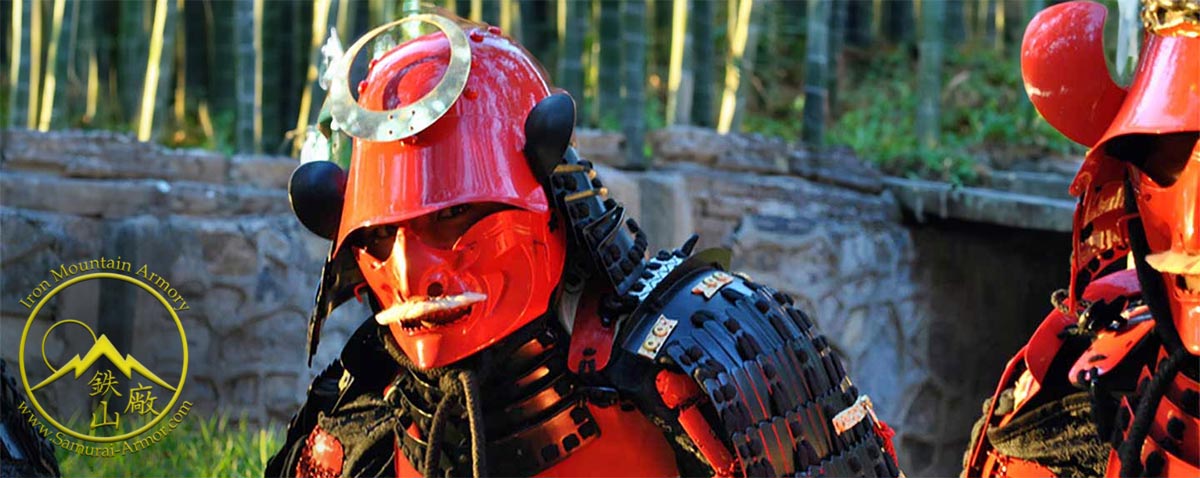
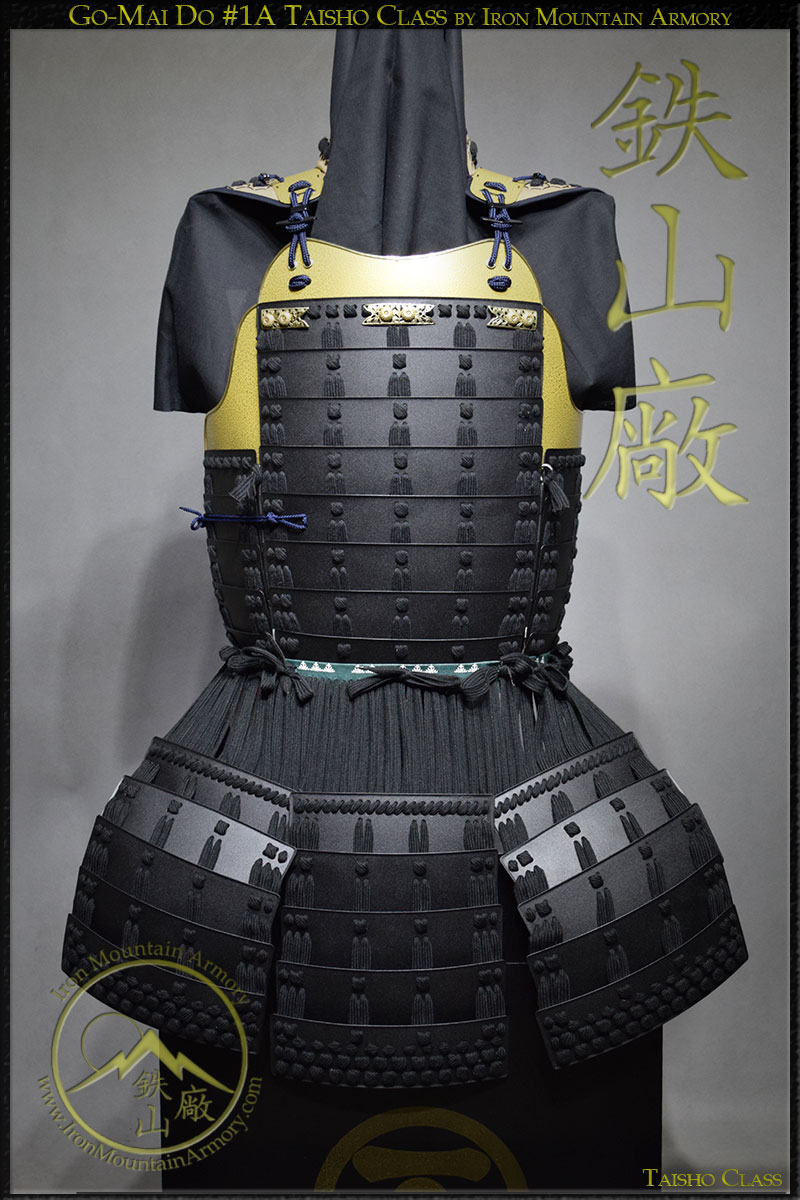

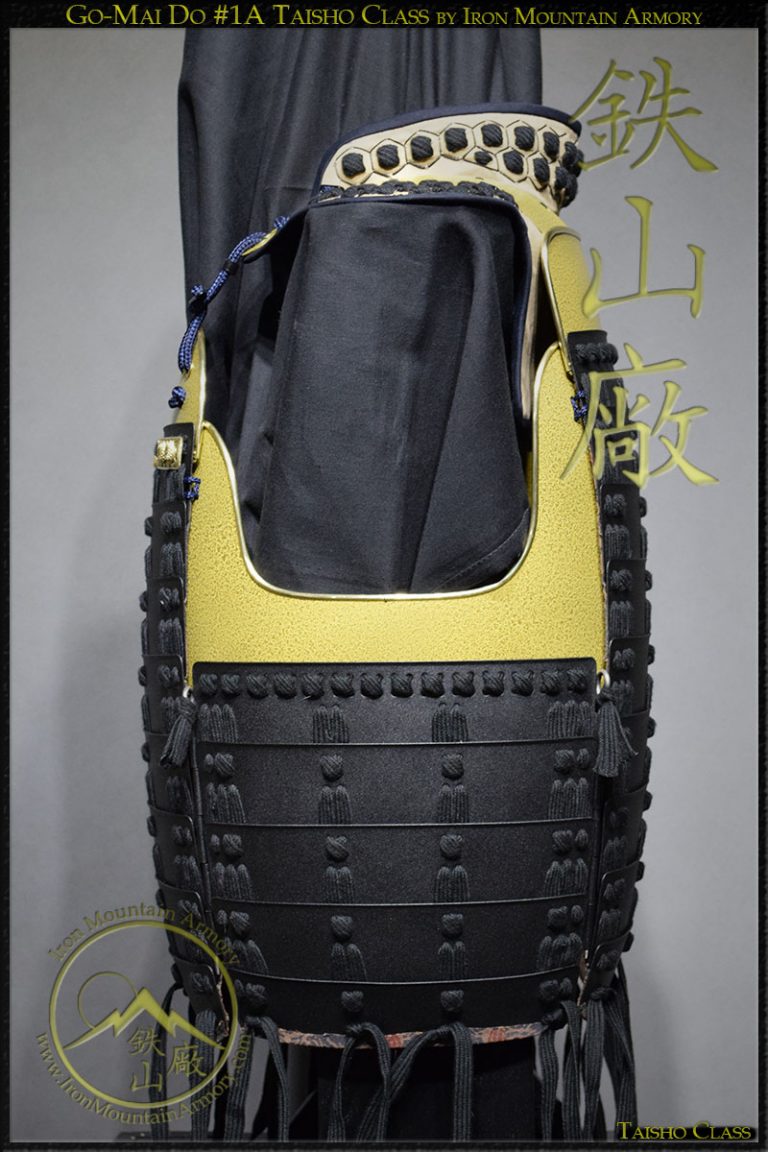
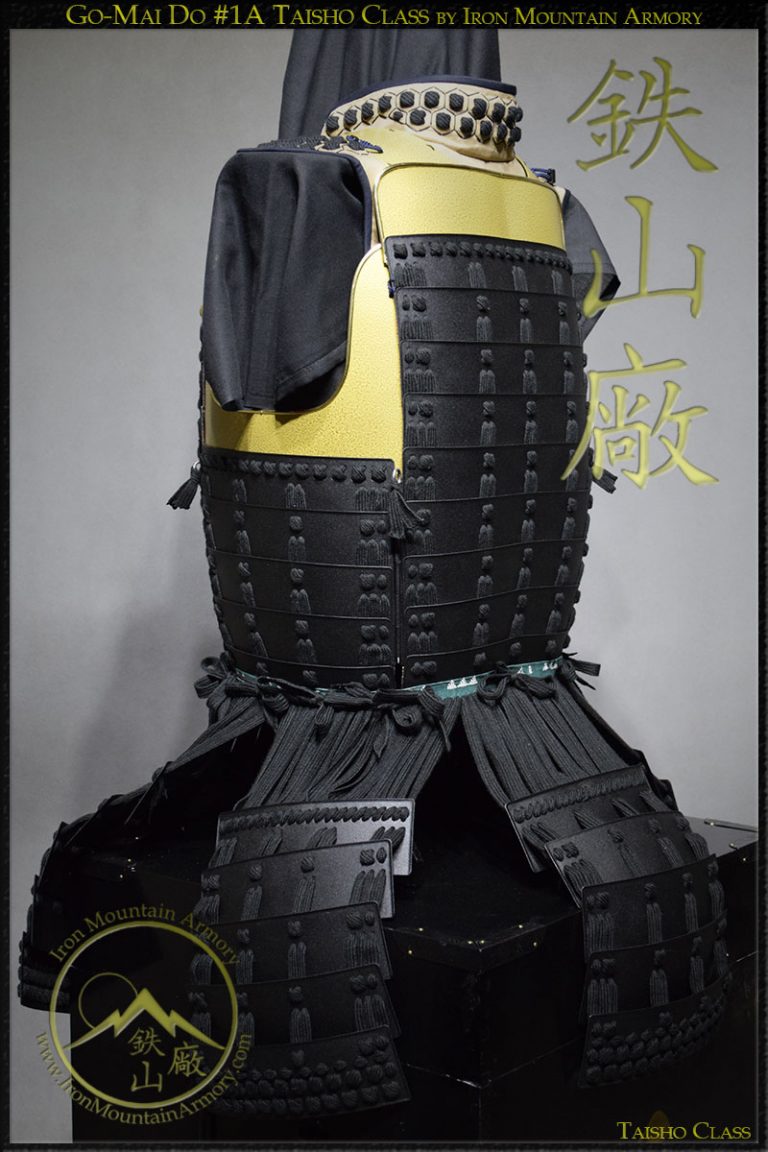
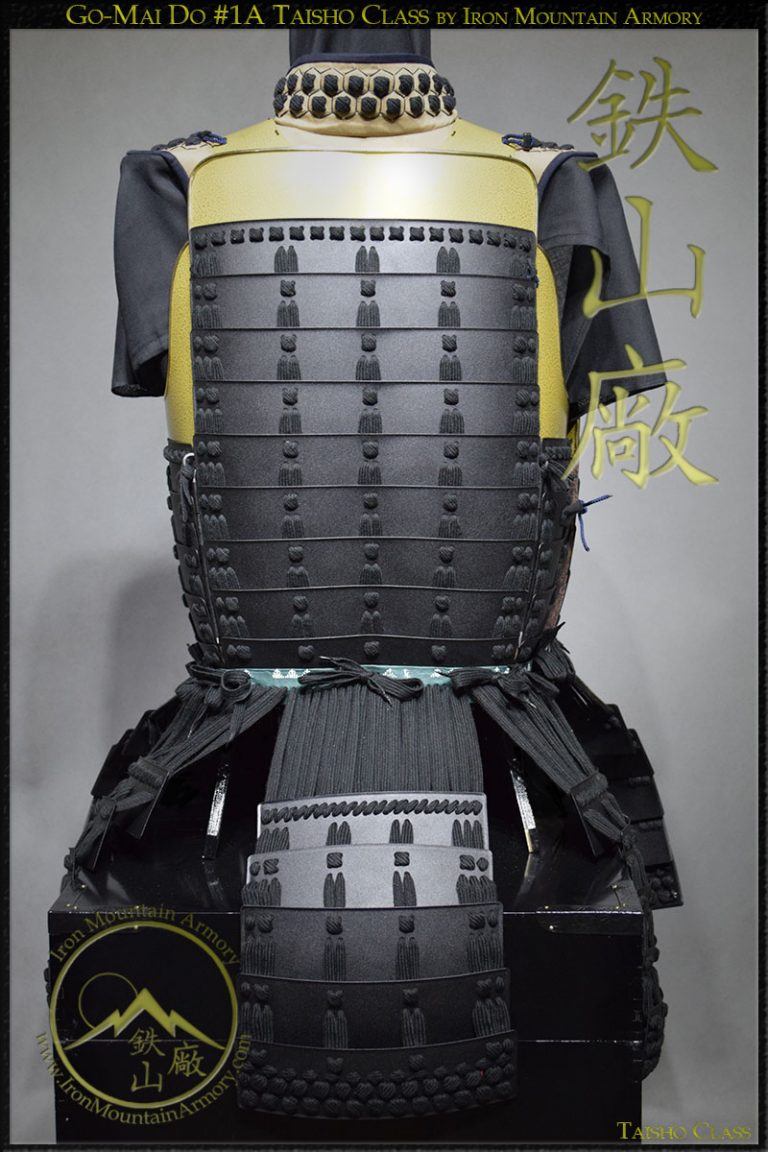
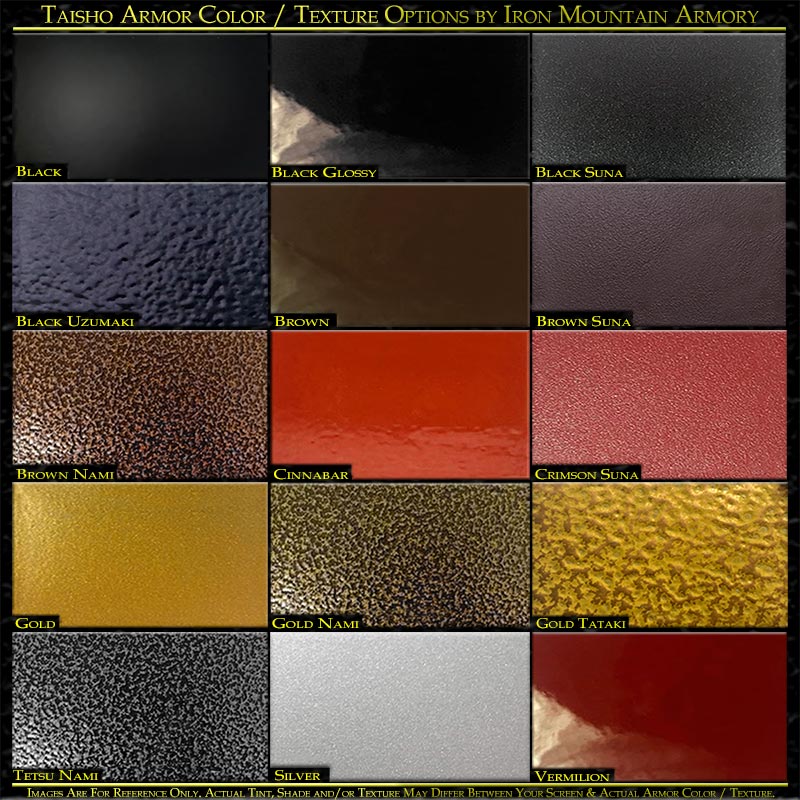
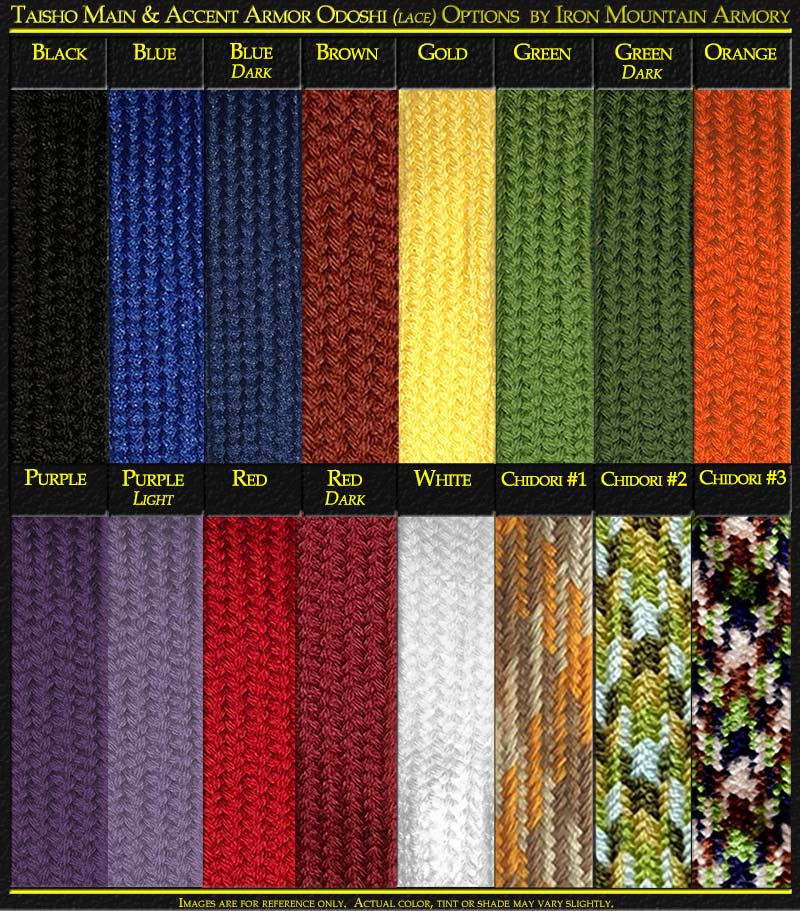

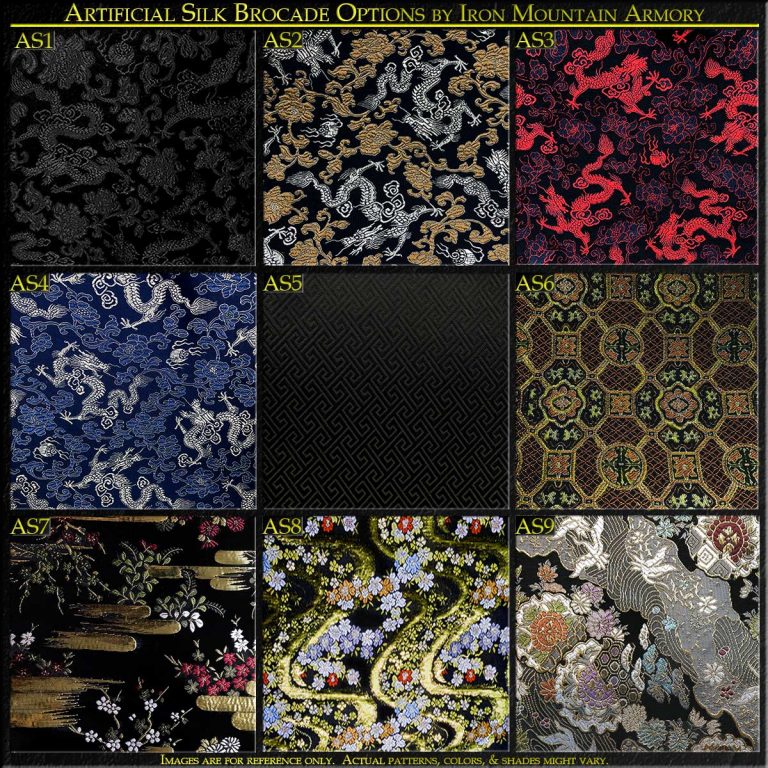
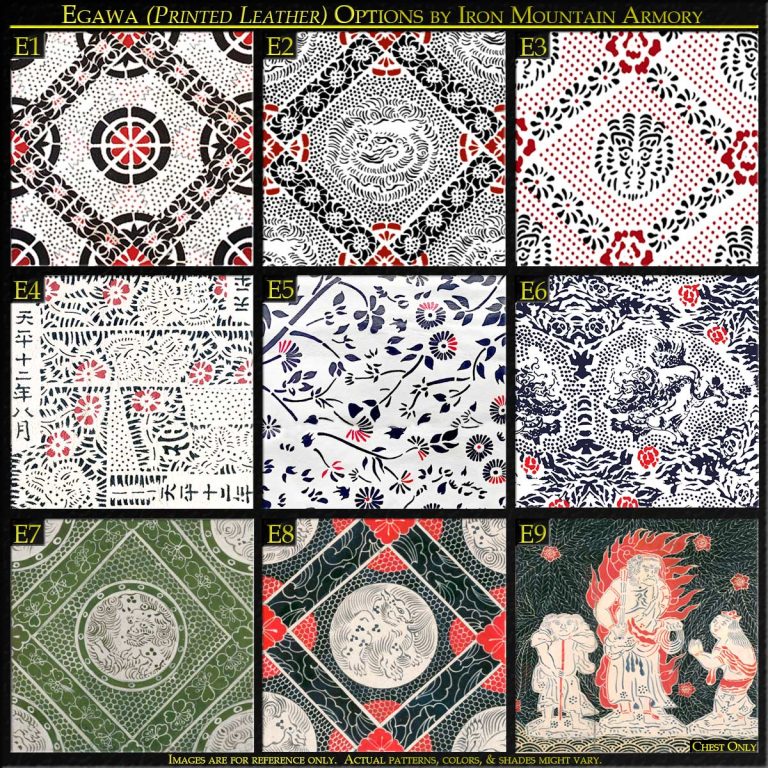
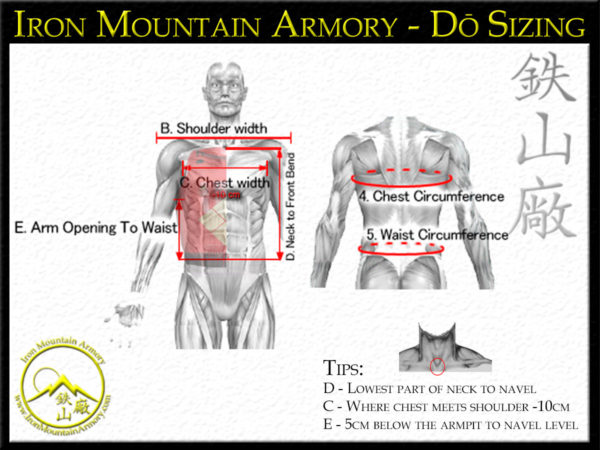


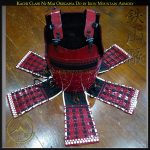
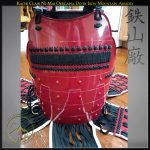
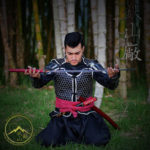
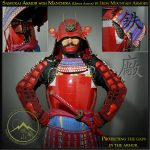
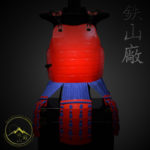
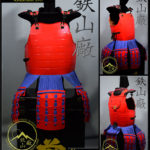
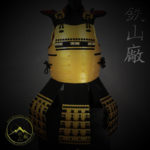

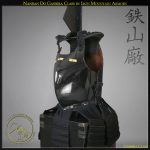
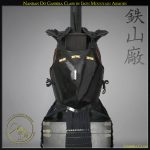
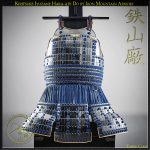
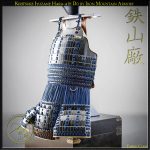
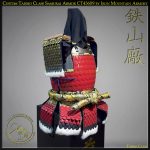
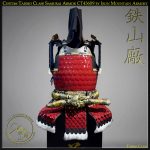
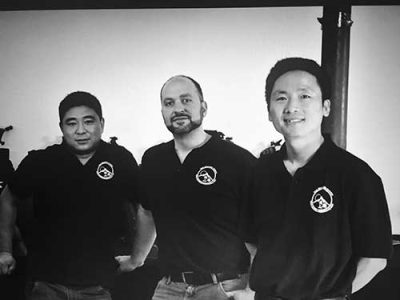
Reviews
There are no reviews yet